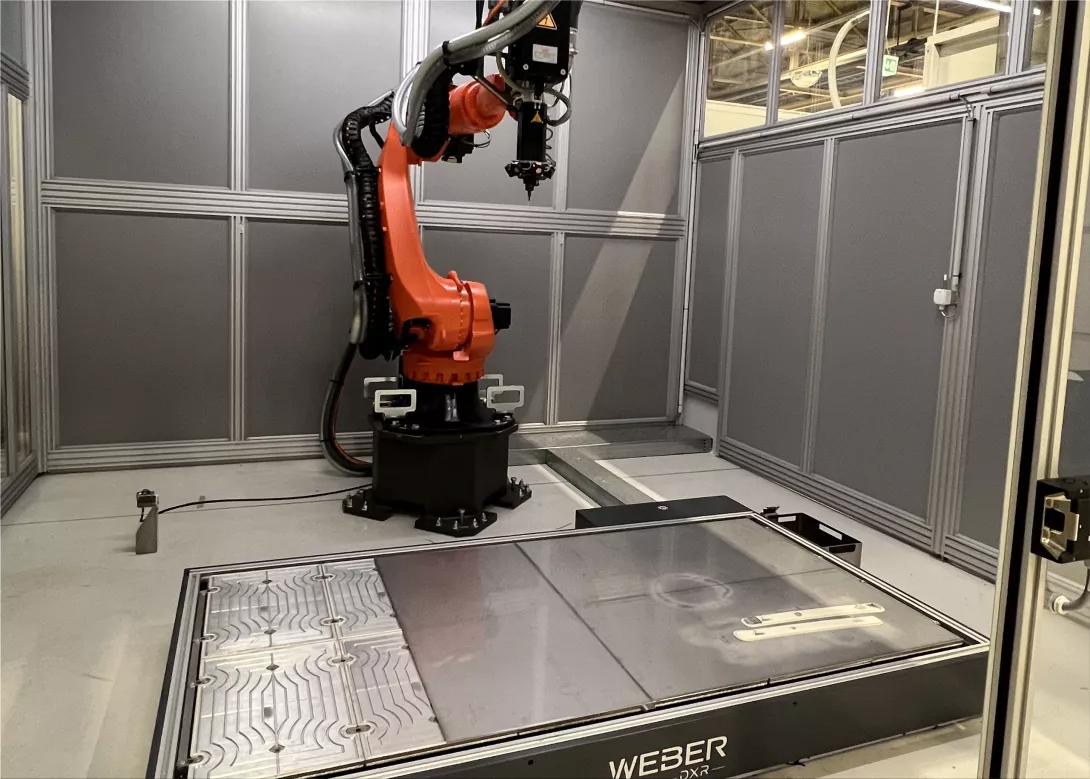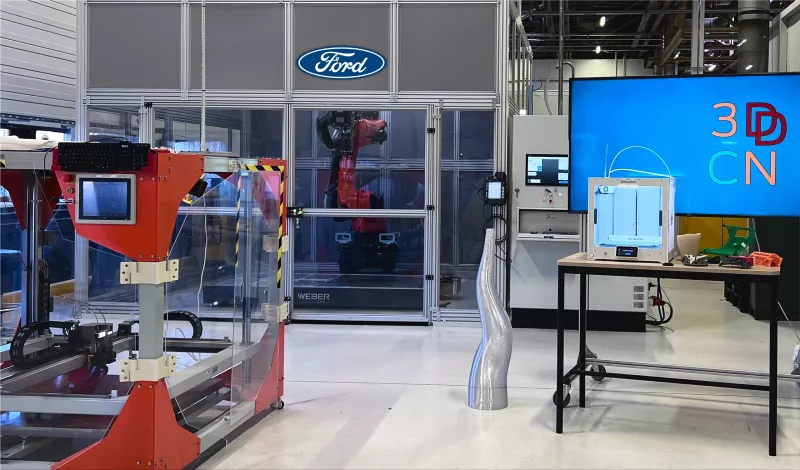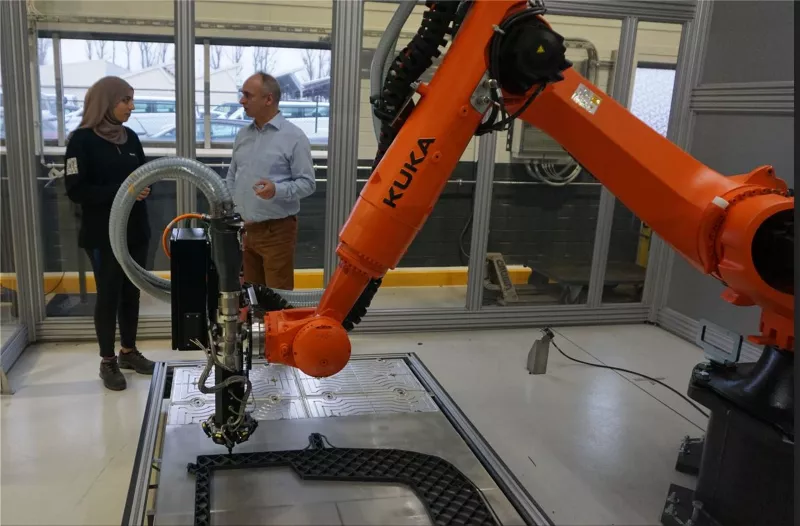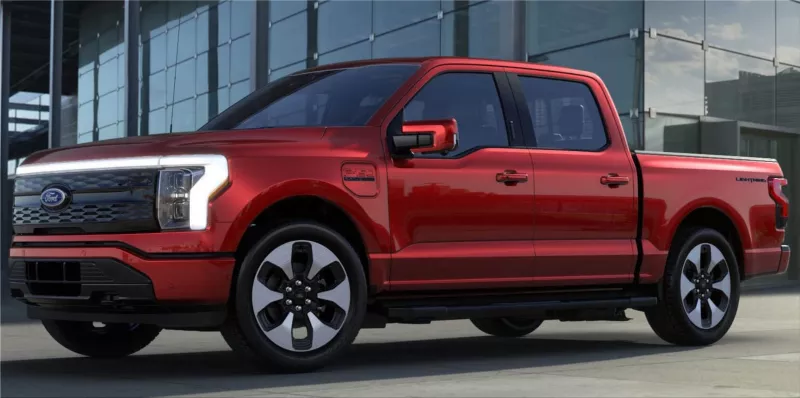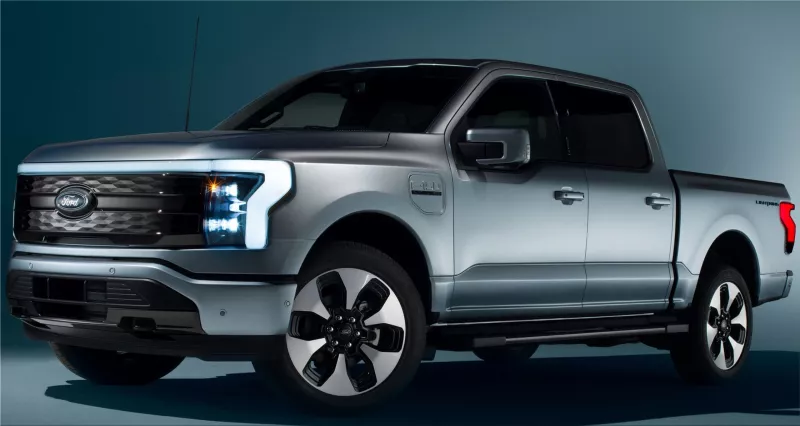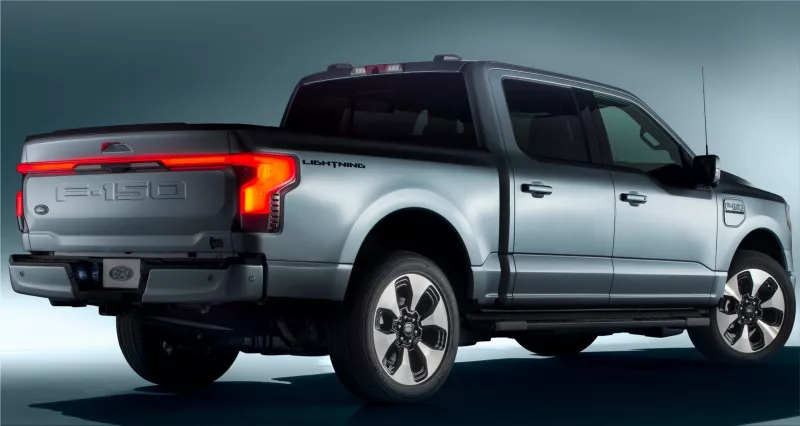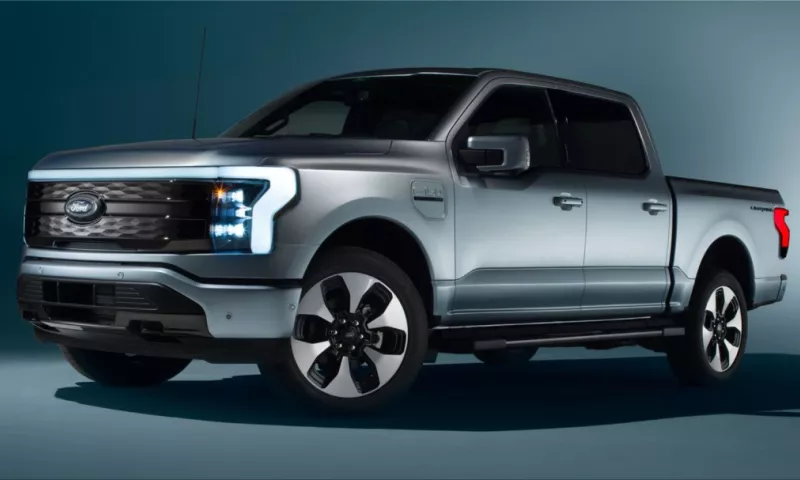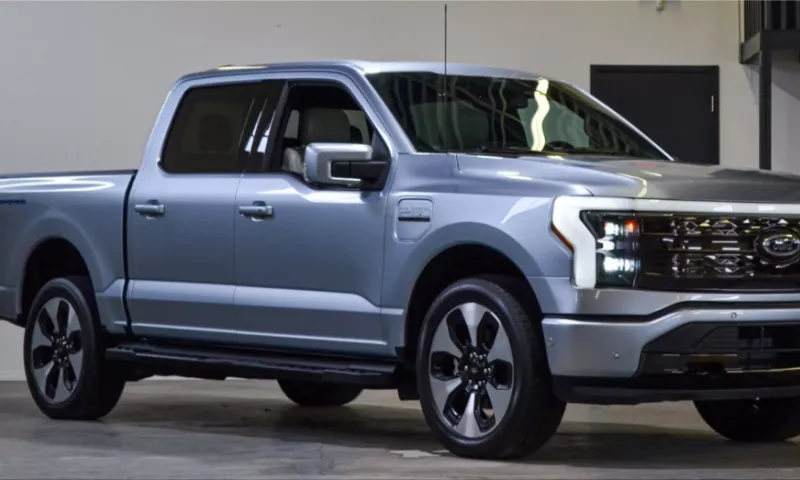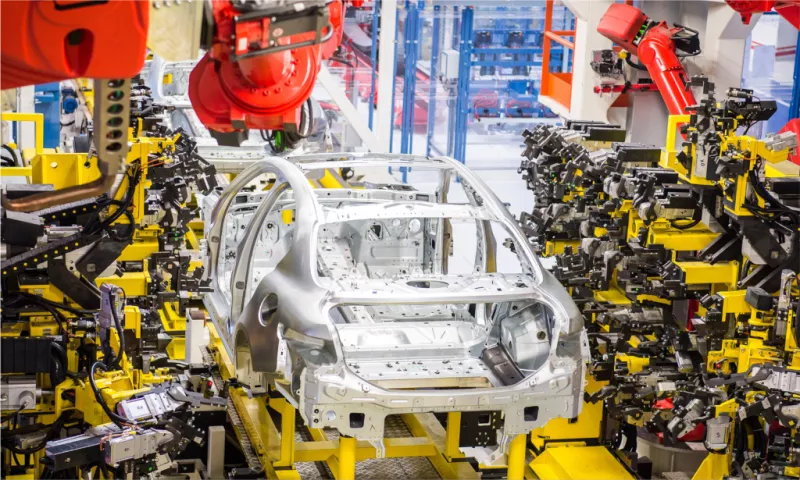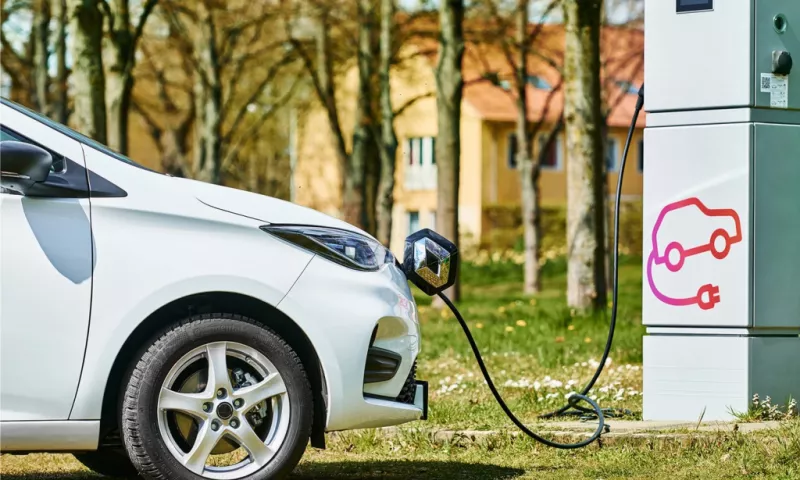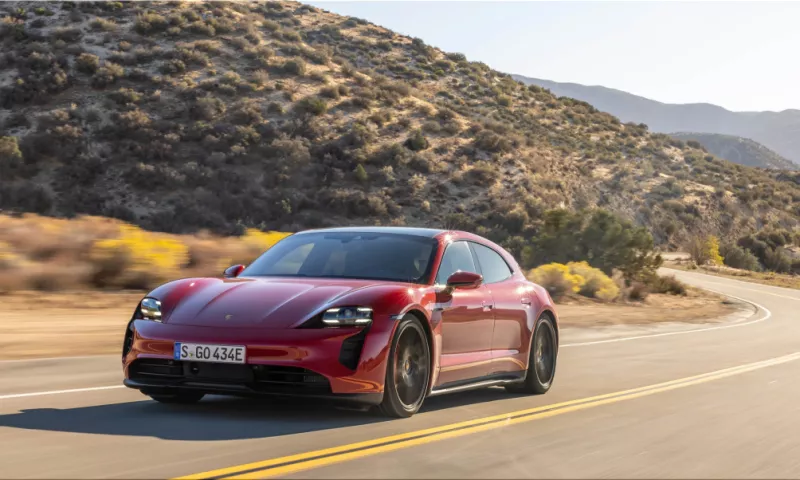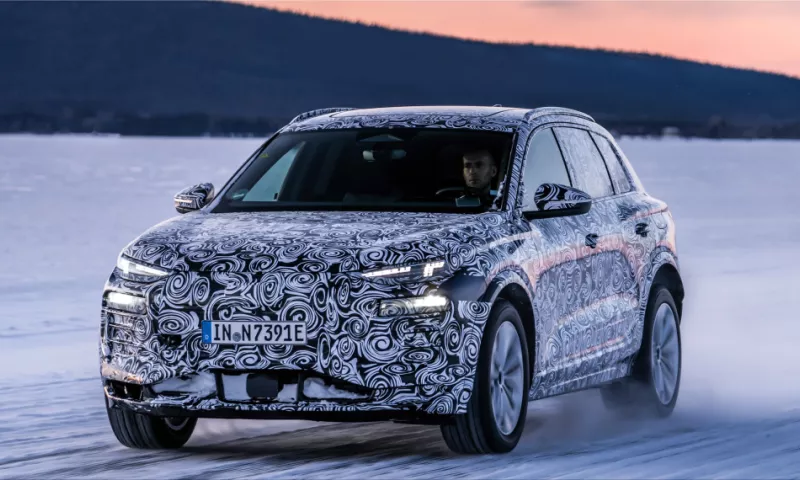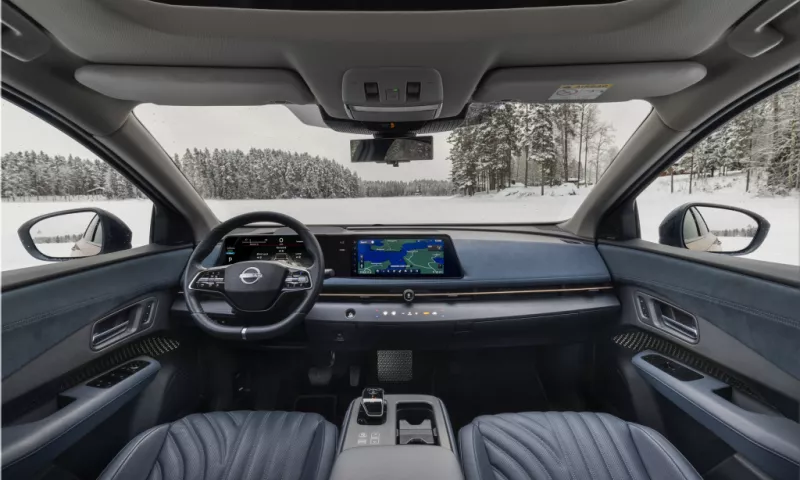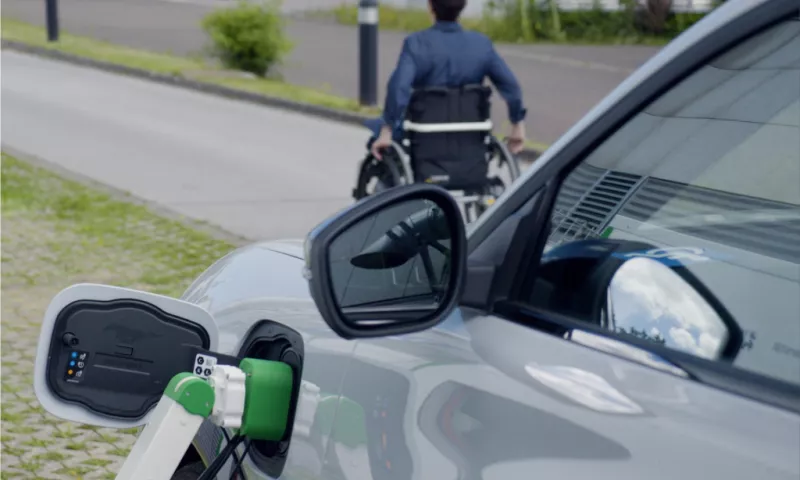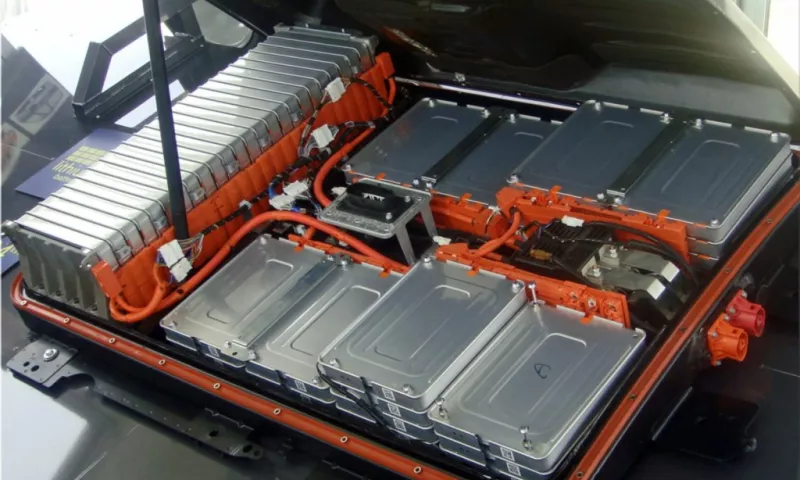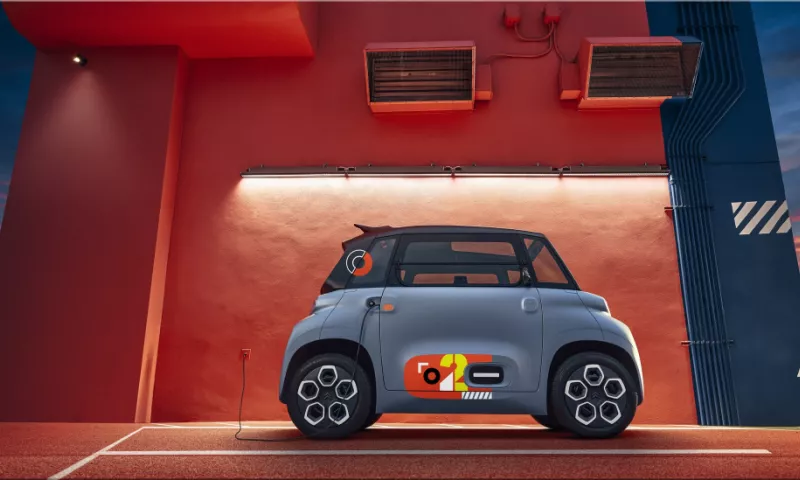Ford's first European-built fully electric vehicle will be produced in Cologne (Germany) later this year, and the factory's efficiency, sustainability, and digitization have all improved in preparation. The newest development is the launch of a 3D printing hub. Twelve state-of-the-art 3D printers will fabricate plastic and metal parts ranging in size from just a few millimeters and 30 grams in weight to much larger pieces. The largest 3D printer at the facility can create items up to 2.4 m in length, 1.2 m in width, and 1 m in height.
Most of the tools and other aids we manufacture are used in our manufacturing processes. Nurah Al-Haj-Mustafa, Ford's 3D printing engineer, argues that every item may be unique while maintaining the same quality. Measuring instruments and the Ford emblem are two examples of such components, but far larger attachment structures may allow robots to assemble entire bodies in the future. The new 3D printing center can make parts for pilot and limited-run automobiles.
Compared to the current conventional casting process, 3D printing can reduce production time and costs for low-volume components by as much as 80%. Also, the unused granules from 3D printing can be used again, reducing the number of raw materials required. Ford's research and innovation center in Aachen, Germany, is working on a few test projects to recycle granules for 3D printing.
Ford engineers in Cologne have relied on 3D printing for quite some time. The engineers at the Merkenich development center began employing 3D-printed parts for prototypes and test vehicles as early as the 1990s. Ford also pioneered this manufacturing mode and set the bar high early on. One of the most extensive metal parts ever made with 3D printing was an aluminum manifold for a Ford F-150 that was being rebuilt in honor of the late drifting great Ken Block.
A separate team at Ford's plant in Valencia, Spain, has created a catalog of over 5,000 producible parts that address numerous manufacturing bottlenecks. Throughout 2021, 20,000 individual components will be 3D printed.

